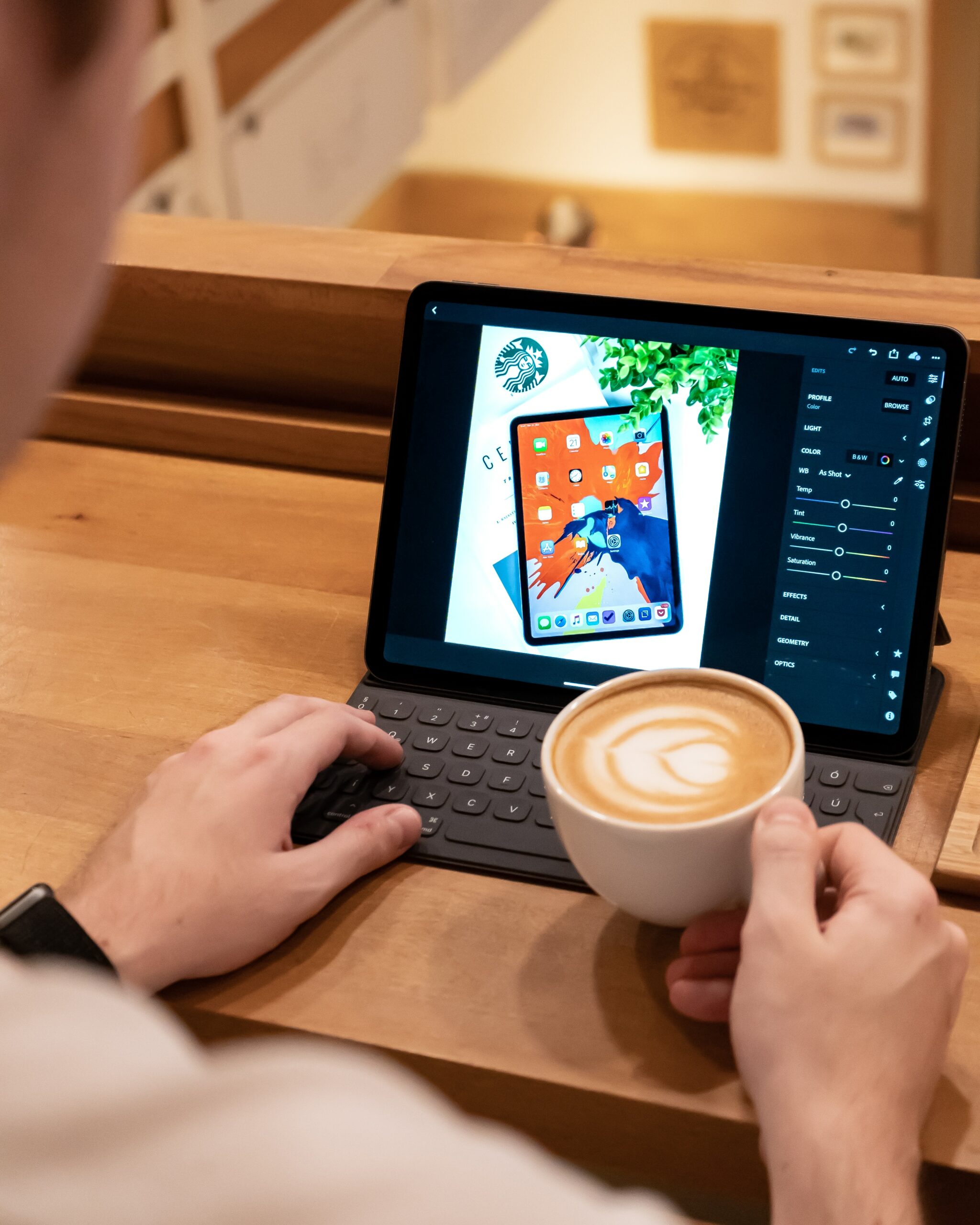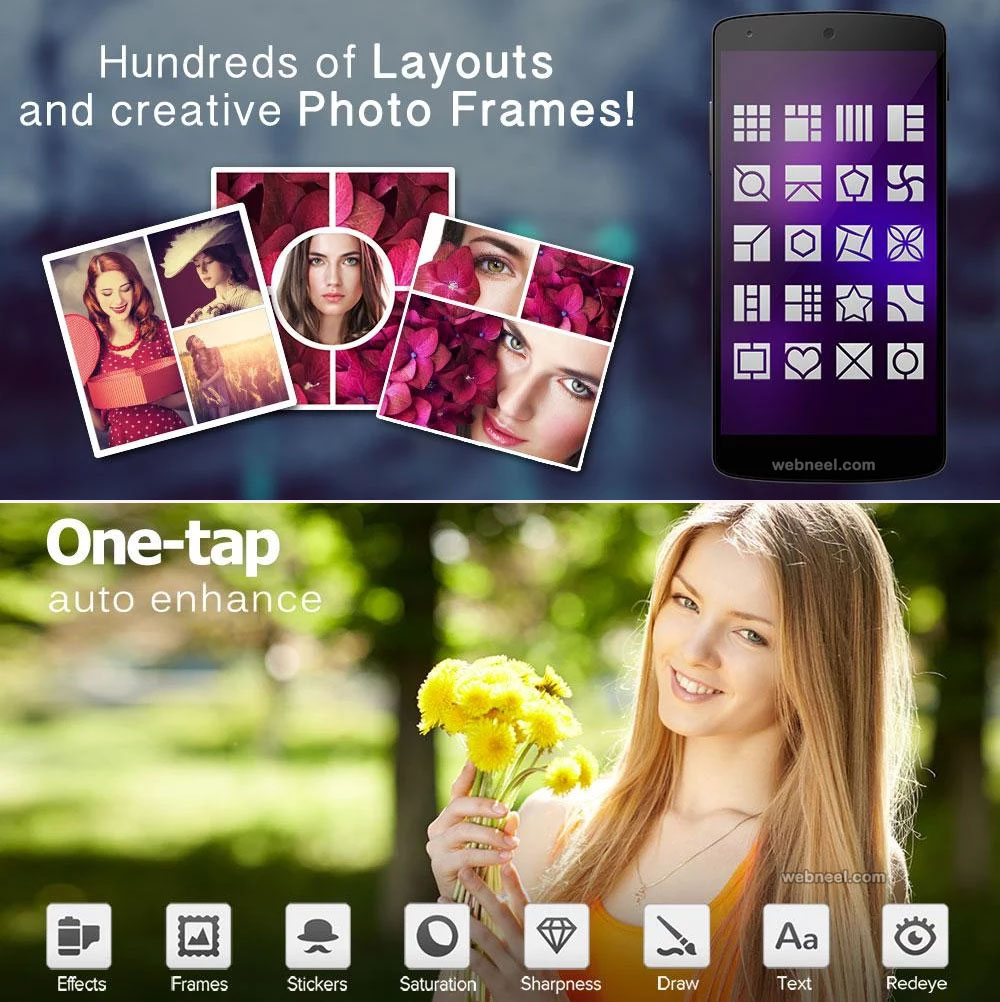
Support for TIFF, PNG, and other formats is welcome, too. Raw is still a niche concern for mobile-first shooters, but Apple and Google are beginning to make it more accessible for the average person, so it will become more important going forward.

Quality filters and presets: This is subjective, obviously, but the best editing apps provide more attractive filters and presets (and a wider range of them) for those who don’t want to spend a ton of time tweaking each photo.If an app keeps both the individual edit steps and the slider positions for each adjustment, even after being closed and reopened, that’s all the better. Powerful edit history functionality: Editors should be able to make changes without permanently changing the source image and should be able to move forward and backward through the edit timeline if they decide to change their mind about edits later on.The best editors provide finer granularity without sacrificing usability, make it easier to understand the effects of edits with before/after comparisons, and maximize the photo without hiding necessary controls. Ease of use: The best photo editing apps have fluid, easy-to-navigate interfaces that make it simple to find the settings you’re looking for, adjust the things that need adjusting, and send your finished photos where they need to go.They also need to produce good-looking results and be able to effectively correct problems in your original photos.


But just having a lot of adjustments isn’t enough. Generally speaking, the more options an editor provides, the more we like it-as long as the interface doesn’t get too cluttered. The best go further to offer stuff like healing brushes, a histogram, curves, split toning, layers and masks, correction for chromatic aberration, and more. Powerful adjustments and great-looking output: Most photo editing apps offer the basics, like brightness, contrast, and sharpening.


 0 kommentar(er)
0 kommentar(er)
